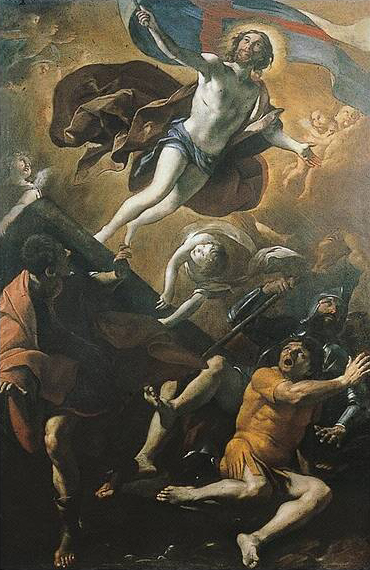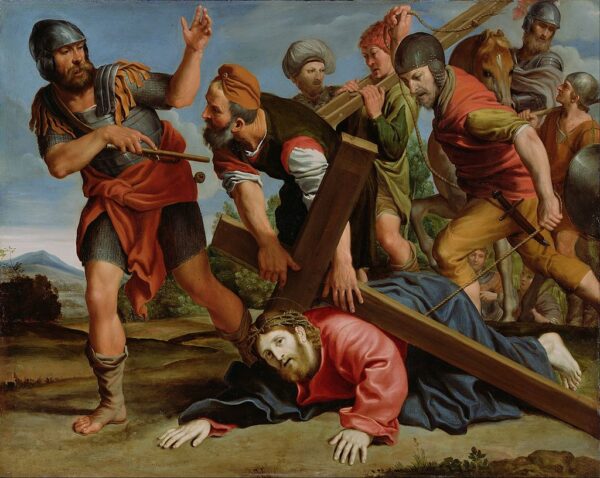Grown Up
Up to the end of the 13th century, the disputes between Guelf Bologna and the neighboring Ghibelline city of Modena were continuous. With the support of the Popes, Bolognese troops encroached on the Modenese lands, sheltered exiled Modenese Guelphs, and laid waste to the bordering country.
In November 1325 headed by their podestà and aided by allies from Florence and Romagna, the Bolognese besieged the fortress of Monteveglio. Although the Bolognese army outnumbered the Modenese, the outcome of the battle was a triumph for the latter who advanced to the very walls of Bologna and destroyed several castles in the wider region. The lesson was learned and in 1327 the third belt of the stone wall of Bologna known as the Circla started to encircle the city so that all the new suburbs would be protected. After the rule of Taddeo Pepoli (1337-1347), Bologna fell to the Visconti of Milan.
At about that time (1348) the epidemic of the Black Death visited Bologna as it did Italy and the rest of Europe. One-third of the overall population succumbs to the disease. Despite the shocking depopulation the ax continues to fall on the necks of those who refuse to follow the dictates of the rulers from Milan.
Dozens of drawbridges are built and attached to the different gates along the city walls. The control of the city constantly changes hands between Milan and Rome. The university continues to grow with the establishment of the Collegio di Spagna (1364) catering to the needs of an increasing number of Spaniards.
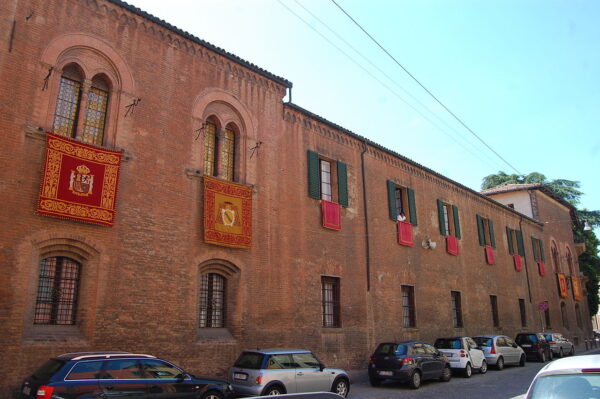
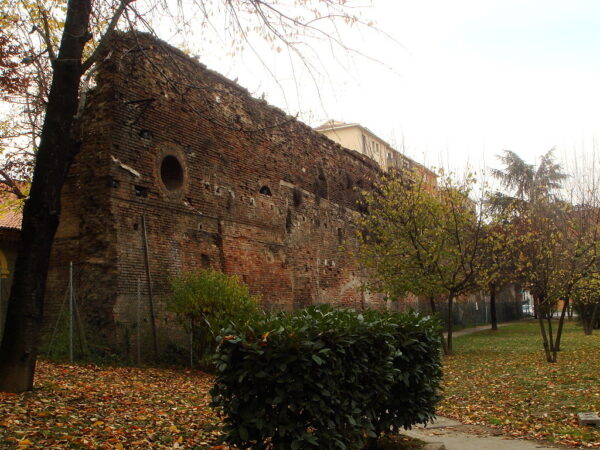
The series of internal wars and civil strife, and the progressive subjection of the city to the temporal power of the popes is what defines the political situation in 14th-century Bologna. These struggles see the Bentivoglio family as the winner, who will dominate the political life of the city for the whole of the fifteenth century.
But life in the city was not all about politics. In terms of architecture, this century was probably more decisive for the character of the urban environment than any other period. A legislation that was first introduced in 1288, obliged all buildings inside the city to add a portico in what was in essence private land, but for public use.
In the following centuries, an attempt was made to prohibit the use of wood, to avoid offering flammable material in case of fire. In addition, in the historic center, the medieval building has been almost completely replaced, while keeping the structure unchanged. If the 13th century was the century of the most important urban arrangements, of the great projects with which it was thought to plan the development of future centuries, the 14th century, and even more so the 15th century, were the centuries in which the began to give architectural form to those plans. Bologna still retains, within the third circle, more than 37 km of arcades.
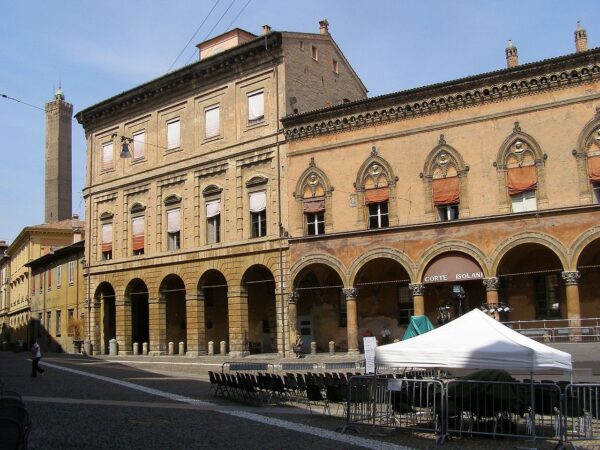

The city became a large construction site with the building of S. Maria dei Servi (1383) and the minor basilica of S. Petronio (1390), closing the side of the Piazza Maggiore facing the Palazzo del Podestà. The construction sites of the large public buildings were also opened: the Palazzo del Comune was transformed into a fortress at the time of the papal government, which could no longer count on the consent of citizens to govern; the Loggia della Mercanzia was built by the architect of S.Petronio, Antonio di Vincenzo. The noble palace of Taddeo Pepoli in via Castiglione and of the Collegio di Spagna for Spanish students were finished.
In the sixteenth century after the exile of Giovanni II Bentivoglio, the last lord of Bologna, a long phase of political stasis began for Bologna in which the Church remained the undisputed master of the city for three centuries. The University strengthened its fame thanks to the presence of distinguished professors of law, medicine, philosophy, mathematics, and natural sciences.
In 1563 the was built as the only seat of university teaching. Three years later the monumental civic Fountain of Neptune is placed in Piazza Nettuno, next to Piazza Maggiore, in honor of Pope Pius IV. Bologna also becomes a center of the Italian and European textile industries. Equipped with a hydraulic energy supply system that was among the most advanced in the world, from the fifteenth century Bologna specialized in silk mills: the “Bolognese” silk mills represented the highest expression of European technology up to the eighteenth century.
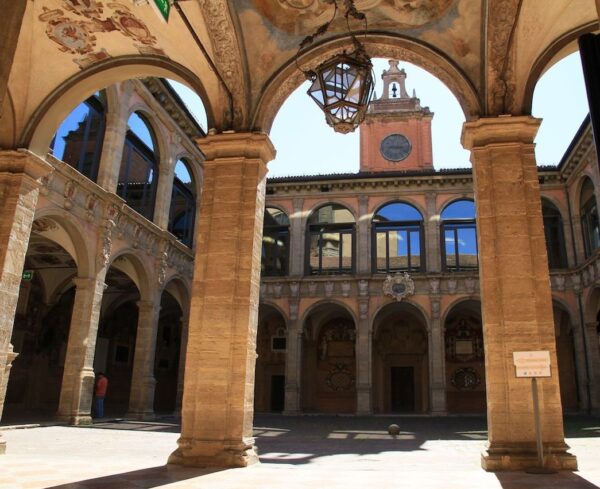

At the end of the 16th century a new wave of the plague reduced the population of the city-state from 72,000 to 59,000, and another one in 1630 to 47,000. The population later recovered to a stable 60,000–65,000. The long period of Papal rule resulted in the construction of many churches and other religious establishments, and the restoration of older ones.
Bologna had ninety-six convents, more than most other Italian cities. Artists working in this age in Bologna established the Bolognese School which includes the Carracci family, Domenichino, Giovanni Lanfranco, and others that reached European fame. The art of music also experienced a heyday with the foundation of Accademia Filarmonica di Bologna in 1666. New theatres like Teatro Malvezzi built in 1651 add even more value to the cultural scene of Bologna.
With the rise of Napoleon, Bologna became the capital of the French Cispadane Republic. After Milan, Bologna became the second most important center of the Repubblica Cisalpina. After the fall of Napoleon, Bologna was once again under the sovereignty of the Papal States. The people however had had enough of the church. In 1831 and again 1849 the Bolognese rebelled and temporarily expelled the Austrian garrisons which controlled the city until 1860. After a visit by Pope Pius IX in 1857, the city voted for annexation to the Kingdom of Sardinia on June 12, 1859, the precursor state of unified Italy.
